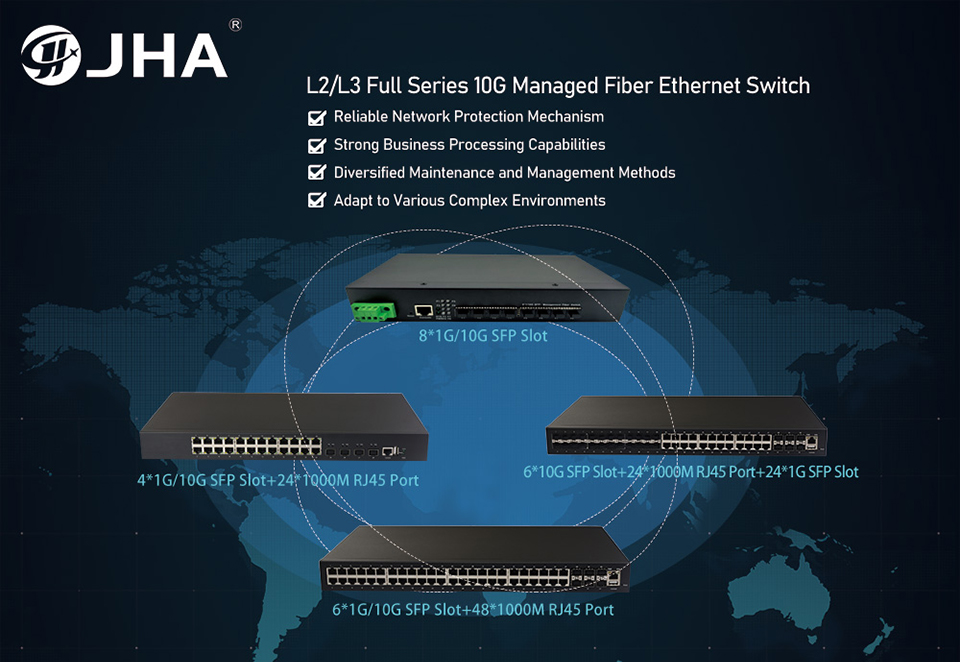With the general development and application of network technology, the development of switches has also undergone great changes. The earliest switches developed from very simple switches to layer 2 switches, and then from layer 2 switches to layer 3 switches. So, what is a Layer 3 switch?
Layer 3 switches are actually Layer 2 switching technology + Layer 3 forwarding technology. It does not mean that there are “three layers” of switches. A layer 3 switch is a switch with some router functions. The most important purpose of the Layer 3 switch is to facilitate data exchange within a large LAN. The routing function it has also provides services for this purpose, and it can be routed once and forwarded several times.
Switching technology in the traditional sense operates on the second layer of the OSI network standard model—the data link layer, while three-layer switching technology completes the high-speed forwarding of data packets at the third layer of the network model. Periodic links such as data packet forwarding are quickly completed by hardware, but services such as routing information upgrade, routing table maintenance, routing calculation, and routing confirmation are completed by software. It can not only realize the network routing function, but also ensure the best network performance for different network conditions.
Post time: Dec-26-2022






